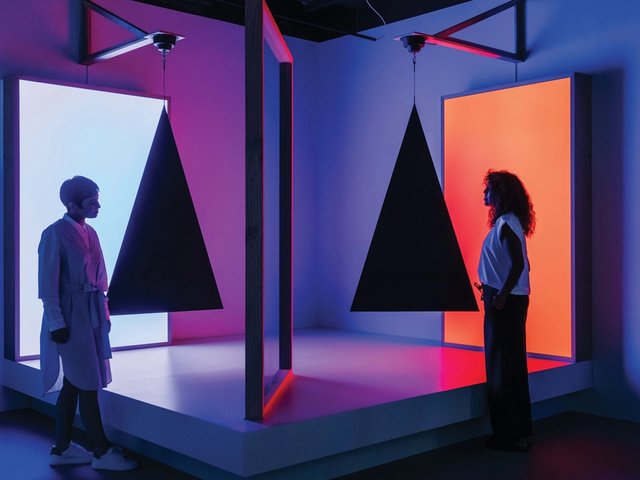When a mains water pipe burst, flooding the basement level of Museums Victoria’s off-site storage facility in the inner-Melbourne suburb of Coburg last November, the rising water surged with such force that the facility’s doors were pried open, sending an assortment of small fossils, core samples and replica dinosaur bones spilling out onto surrounding streets.
But while the facility’s neighbours, including the ABC radio announcer Sammy J, managed to retrieve several items that had congregated in the gutters of surrounding streets, dozens more artefacts were washed underground into Melbourne’s extensive rainwater drain network.
Although Lynley Crosswell, the chief executive officer of Museums Victoria, stressed that the burst water main had only impacted items of little financial value, they were “still significant”, she told ABC News on 17 November, and urged people to be on the lookout for more. “It’s very likely that some are still out there,” Crosswell said.
Fortunately for the museum, the Cave Clan, a clandestine underground exploration group that formed in Melbourne in 1986, had been keeping a watchful eye on the incident.
Sharing news of the flood in a private chat on social media, Alien, a member who goes by an alias to protect their identity, tells The Art Newspaper via email the reports of missing museum objects were a “classic call to adventure”.
‘When it rains, no drains’
Museum staff were aware that some items had washed into the drains and reportedly asked emergency services that attended the incident to assist. “The fossils remained in there until we came along,” Alien says.
With strict legislation governing access to confined spaces such as drains, the likelihood of successfully retrieving any artefacts before they were washed further away was low. “The official way can be slow or non-existent,” says SiR, another member who goes by an alias, “so we jumped in”, he adds, stressing: “We weren’t asked [by the museum].”
While the Cave Clan operates in a grey area of the law, the group does have its own safety policies, including its motto: “When it rains, no drains”. Starting with a gutter box, a space at the junction of a series of drains, immediately outside the flooded building, SiR says he unearthed a “tonne of stuff” that had washed in and blocked the drain; “casts, dinosaur bones, big teeth, casting moulds”, he says.
Although museum staff were initially concerned when they saw members of the underground group retrieving collection items from the drains, SiR believes that they were “very happy to see us after we explained we were there for them”.
With extensive knowledge of Melbourne’s underground drain network, the Cave Clan’s search radius extended well beyond the location of the burst water main. “The water most likely flowed into an old drain and then out into a local creek,” Alien says, adding that if the water had enough force, some objects may have travelled into “another river system”.
Over two days, the Cave Clan conducted three searches involving up to 15 members. On the first night they found a fossil and more than 20 core samples in plastic vials. The next day, equipped with swim gear and flotation devices, members retrieved several more core samples in vials from a local creek. One item, a cast of a vertebra from a camptosaurus, a dinosaur endemic to Australia, was found in a river over 3km away. “We hope we intercepted most of them”, SiR says.
Despite the group retrieving the lion’s share of missing pieces, as their efforts involved activities that are both dangerous and illegal, the handover took place in secret. “A government cultural body can’t be seen to be condoning our actions. I understand that,” SiR says. Museums Victoria declined to comment further on this incident.




